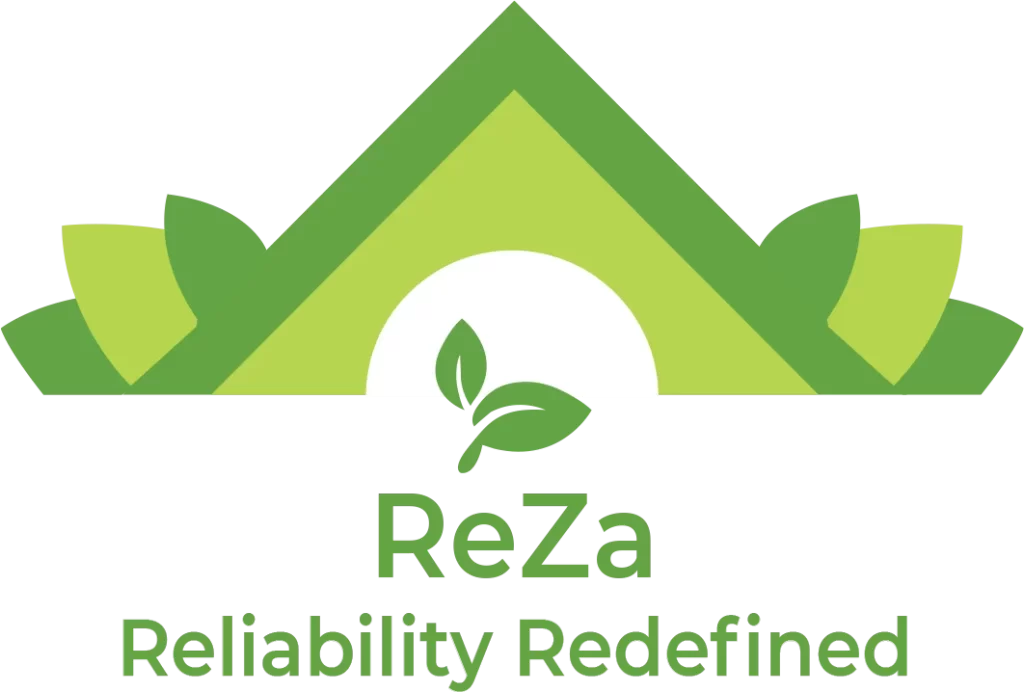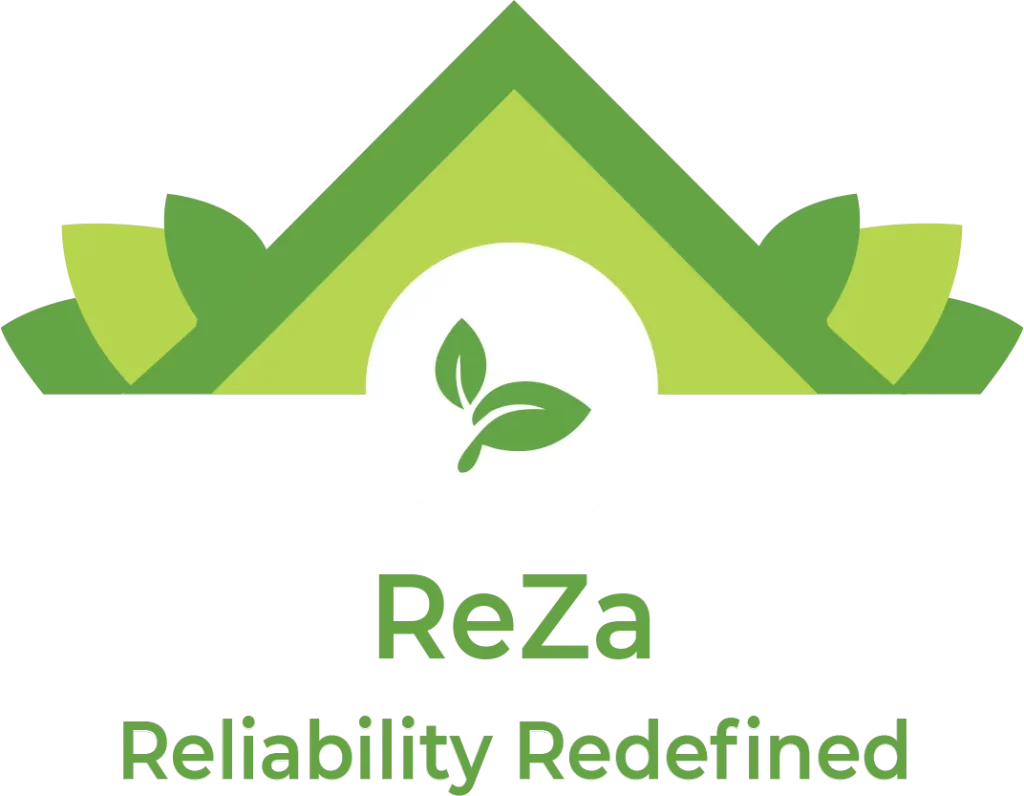If you are someone who wants to get their home renovated, You must know that there are several terms just for roofing. Every single process and part of the roof has its own distinct name. There are certain terms that these contractors or designers use and that you must know as well.
So here is an article for you where we will talk about all the roofing terms that are used very commonly.
Roof decking (roof sheathing)
The wooden base that all of your other roofing components are attached to is called roof decking. Roof decking comes in two varieties: sheet decking and plank decking.
- Plank decking uses wooden planks.
- Sheet decking uses OSB or plywood.
One of the common problems that occurs when you install roof decking is that it starts rotting when it gets wet for a longer period of time.
Ridge Vent
The roof’s ridge is the area at the top of the roof. A ridge vent allows heat from the attic to escape by installing a device along the vertical ridge. A ridge vent is a great idea for those who have moisture problems or live in hot areas where heat cannot escape. This will result in less efficient cooling.
Waterproofing
Waterproofing, as the name suggests, is the process that is done on the outer surface of the roof to protect it from long-term leakage. Waterproofing can be done with various materials such as metal, slate, tile, wood, or asphalt.
Insulation
The technique of insulating a roof creates a heat barrier. The temperature within the room stays the same for longer when the walls and roofs are properly insulated. Additionally, insulation has features that are fire-resistant or soundproof.
Cladding
Cladding is the process of making walls and roofs more durable by overlapping roofing materials to create a durable, waterproof layer for protection.
Roof flashing
You might have seen people using a thin metal sheet to get the water away from their wall or window. Similarly, roof flashing is done to protect a certain portion of your roof (such as walls, chimneys, and roof valleys). Roof flashing can be done in three styles: apron, counter, and step flashing.
There are three metals that people use for roof flashing:
- Aluminum
- Steel
- Copper
Roof Underlayment
A synthetic or felt substance called roof underlayment is put directly over the roof decking or sheathing.
If water penetrates beneath your shingles, it provides an additional layer of defense for the roof decking.
Rakes and Eaves
When the edge of the roof is sloppy, it is called a “rake.” Whereas, when the edge is horizontally extended, it is called an eave.
Roofing square
In the roofing industry, a “roofing square” is a unit of measurement that is used to estimate costs and the number of materials required to finish a job. A square is one hundred square feet of roof space.
Prorated and non-prorated
In terms of roofing, prorated and non-prorated refer to the material warranty provided by the manufacturer. When a material loses its value with time, this type of product warranty is called a prorated material warranty. Whereas, when the value of the product remains the same over time, this type of warranty is called non-prorated material.
Starter shingles
Before installing the first course of shingles on the racks and eaves, starter shingles are installed. These materials are already pre-cut.
In order to increase a roof’s resistance to high winds, they also include an adhesive that makes sure the initial row of shingles is sealed.
Fire rating
To classify materials based on their fire resistance, a fire rating system is used. Roofing materials are classified into three categories: A, B, and C. if the roofing material has Class A fire resistance. Then it has the highest resistance to fire originating outside the structure.
Clay Tiles
Clay tiles are one of the most durable and long-lasting roofing materials, with a typical life expectancy of 50 years. These clay tiles are made under 2000 degrees, which makes them durable and fade-resistant. Moreover, clay tiles can survive even in harsh sunlight, heat, strong winds, and heavy rains. Also, these are very light, so they do not put strain on your roof when you install them properly.
Concrete Tiles
Concrete tiles are also one of the most durable and long-lasting tiles. They are available in different colors and are usually made similarly to traditional-looking clay tiles. These concrete tiles are not only affordable but can also survive for many years if they are maintained properly.
Steel Roofing
Metal roofs have been in use for centuries. One of the most popular benefits of using steel roofing is that it not only provides strength, but it is also lightweight, putting less strain on your building. Metal roofing systems come in a variety of colors and also save you money. They frequently outlive conventional shingled roofs for a number of decades.
Conclusion
If you are researching roofing terms, or you are building your own home, You need to know some of the terminology that contractors and builders are using. By knowing these terms, you could understand what they are up to. So, this article is just for that. We’ve discussed some of the most common terms that are used in roofing.
We hope you like this article. We are serving the industry with our roofing and construction services. Check our website to learn more!

